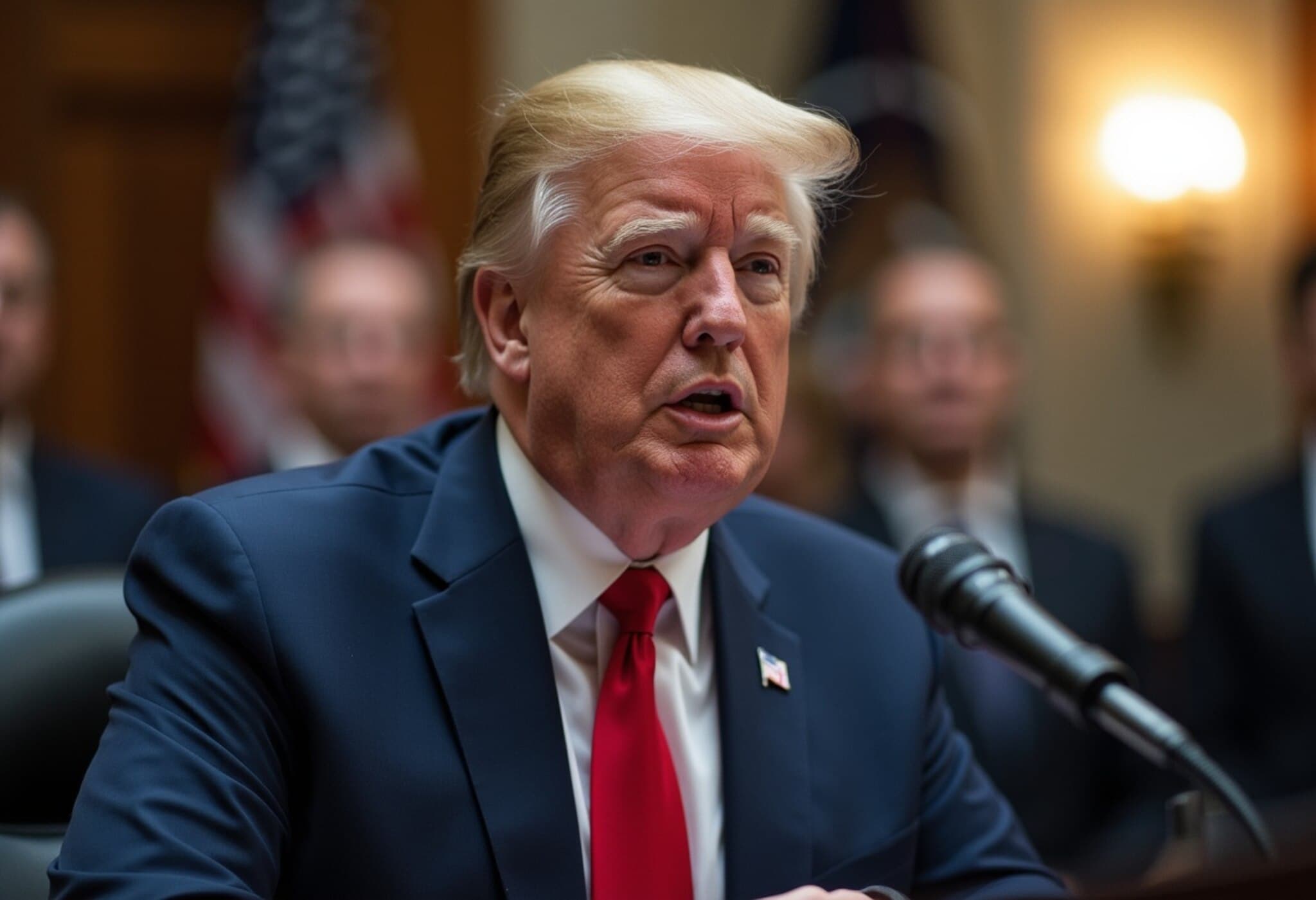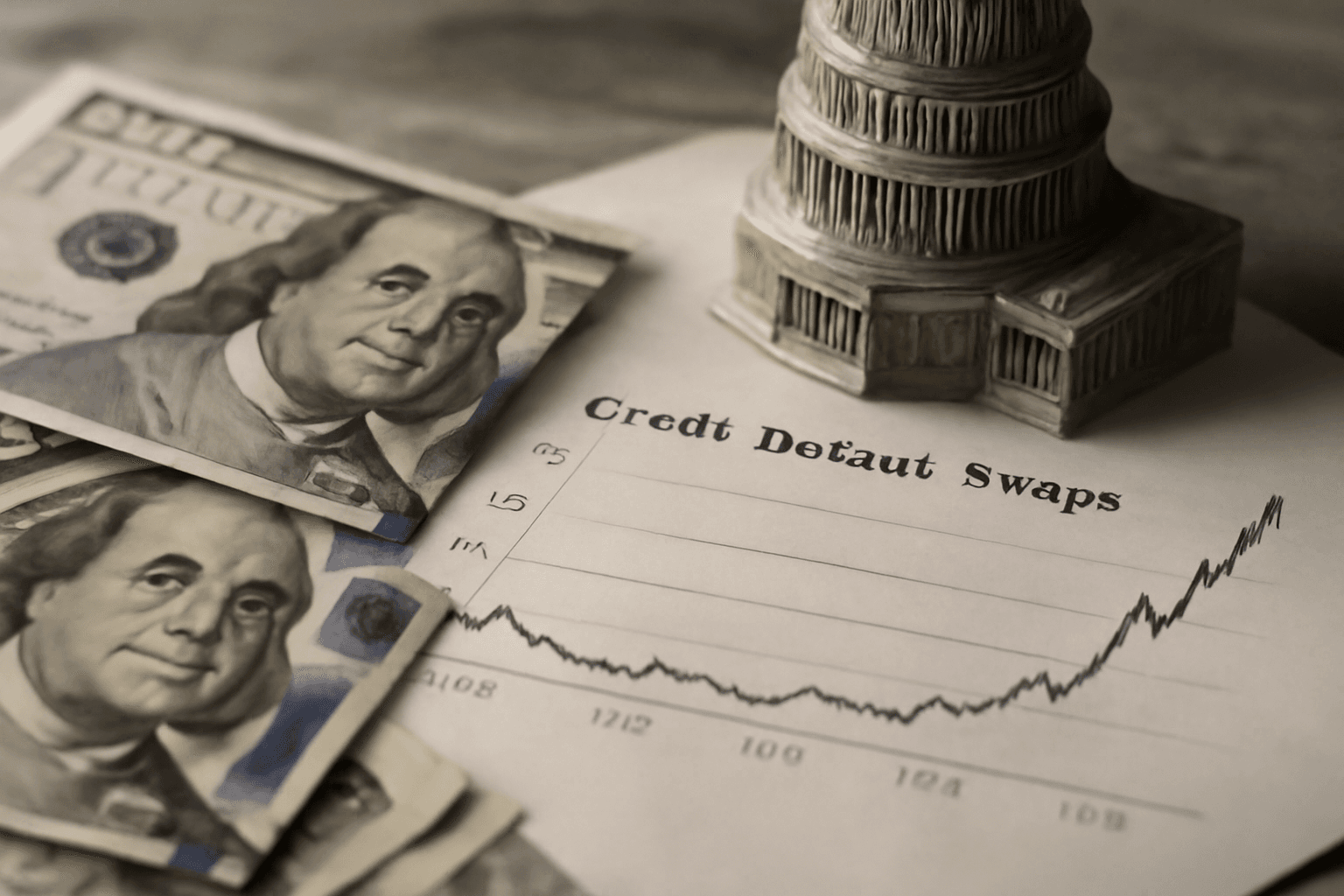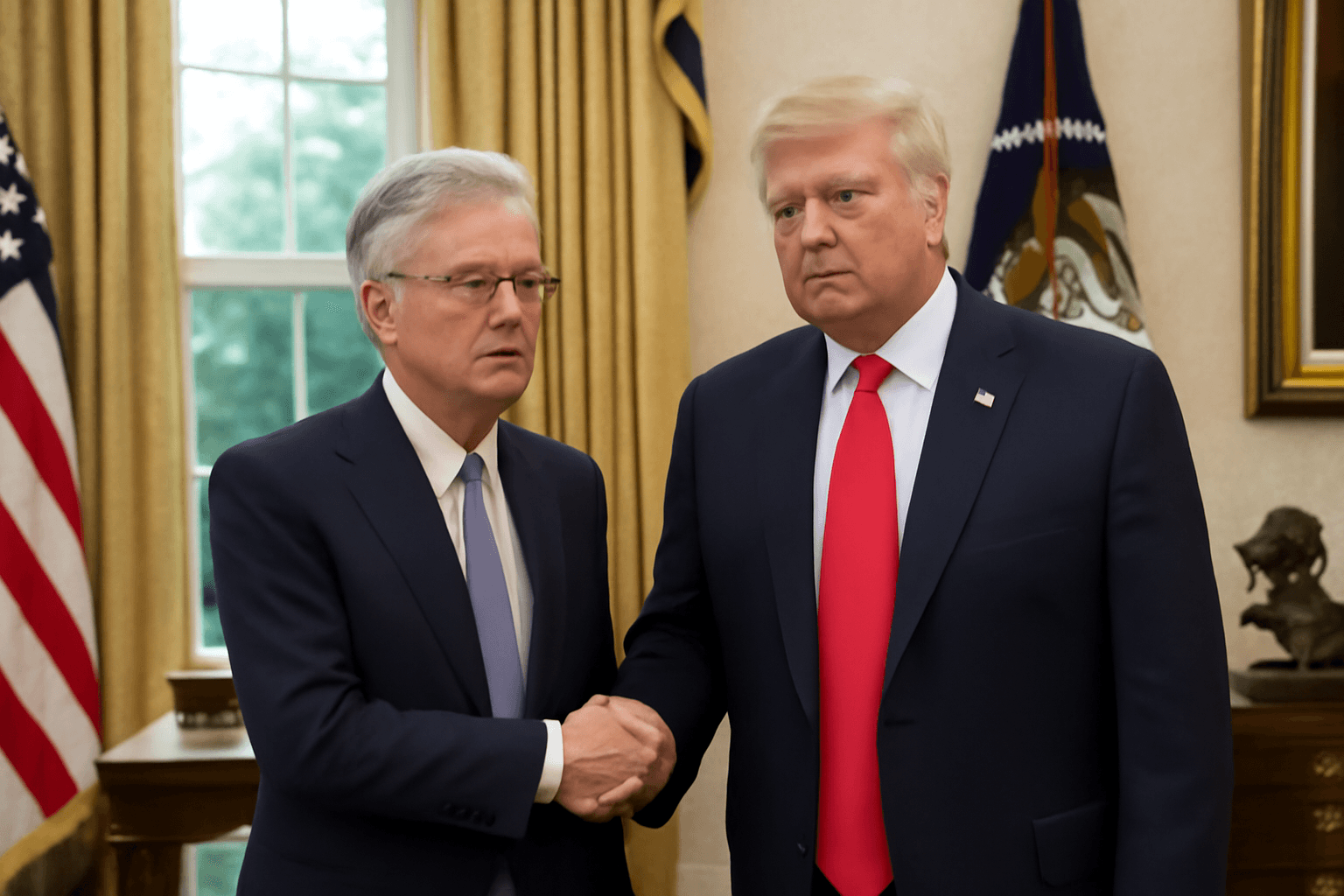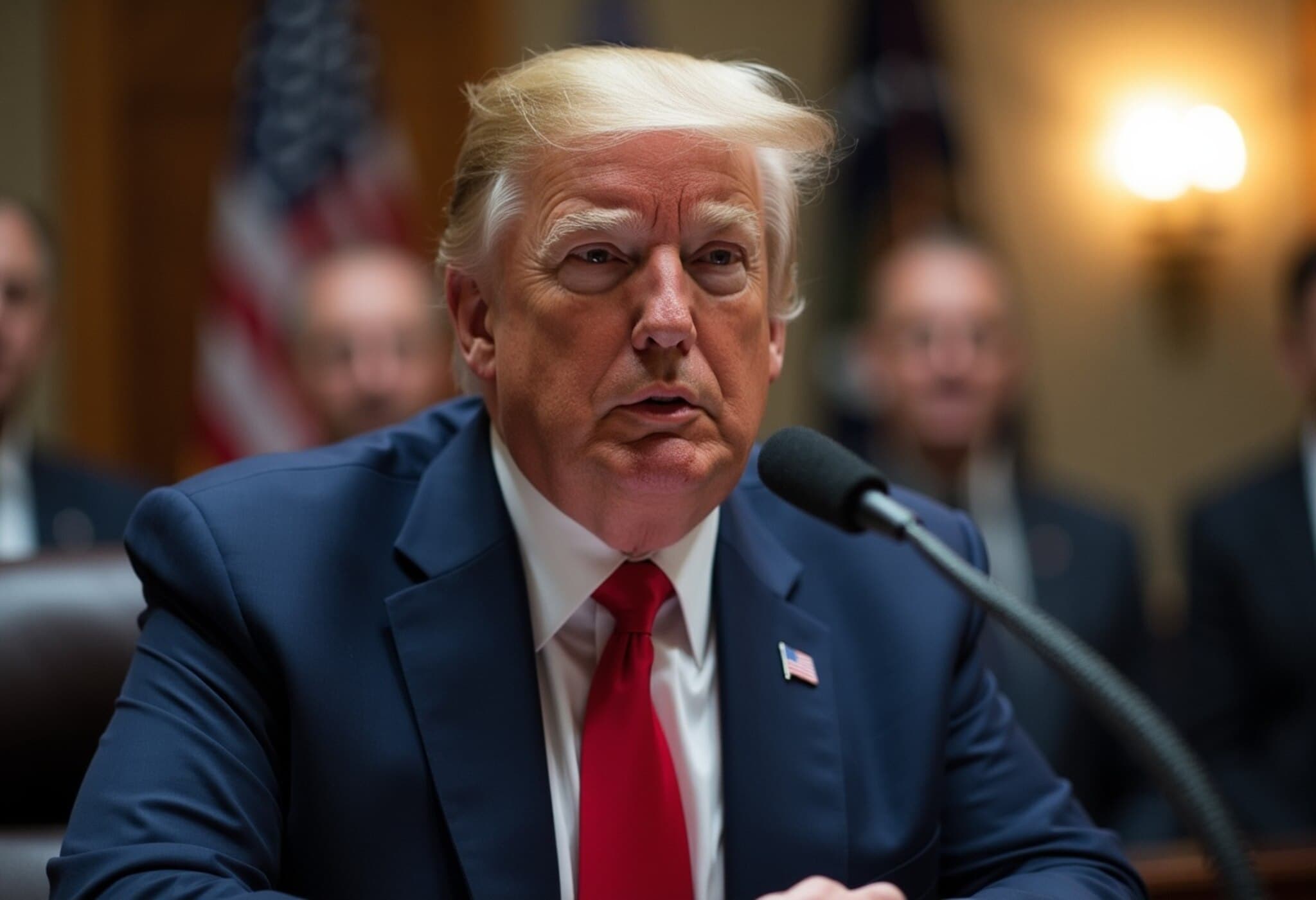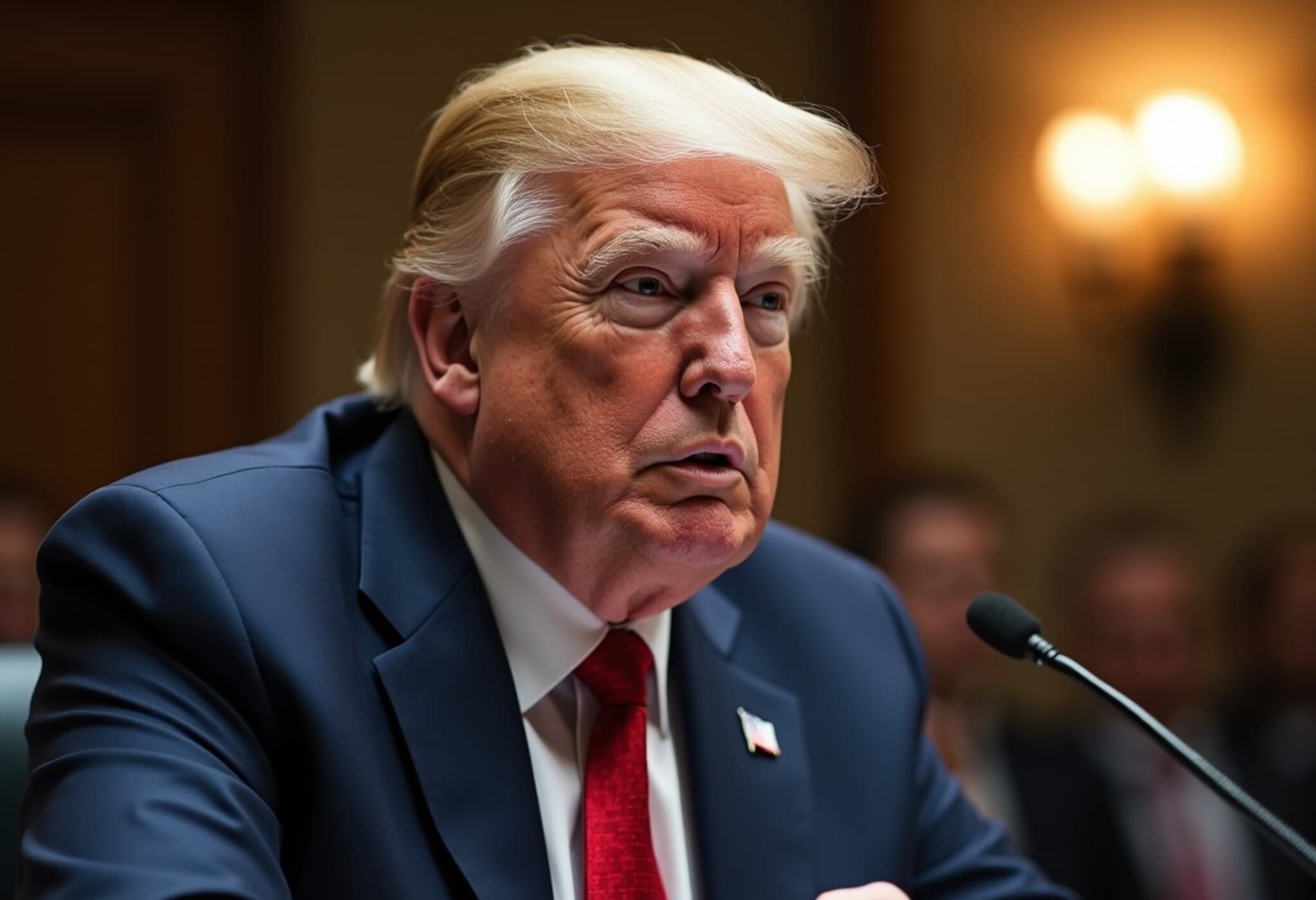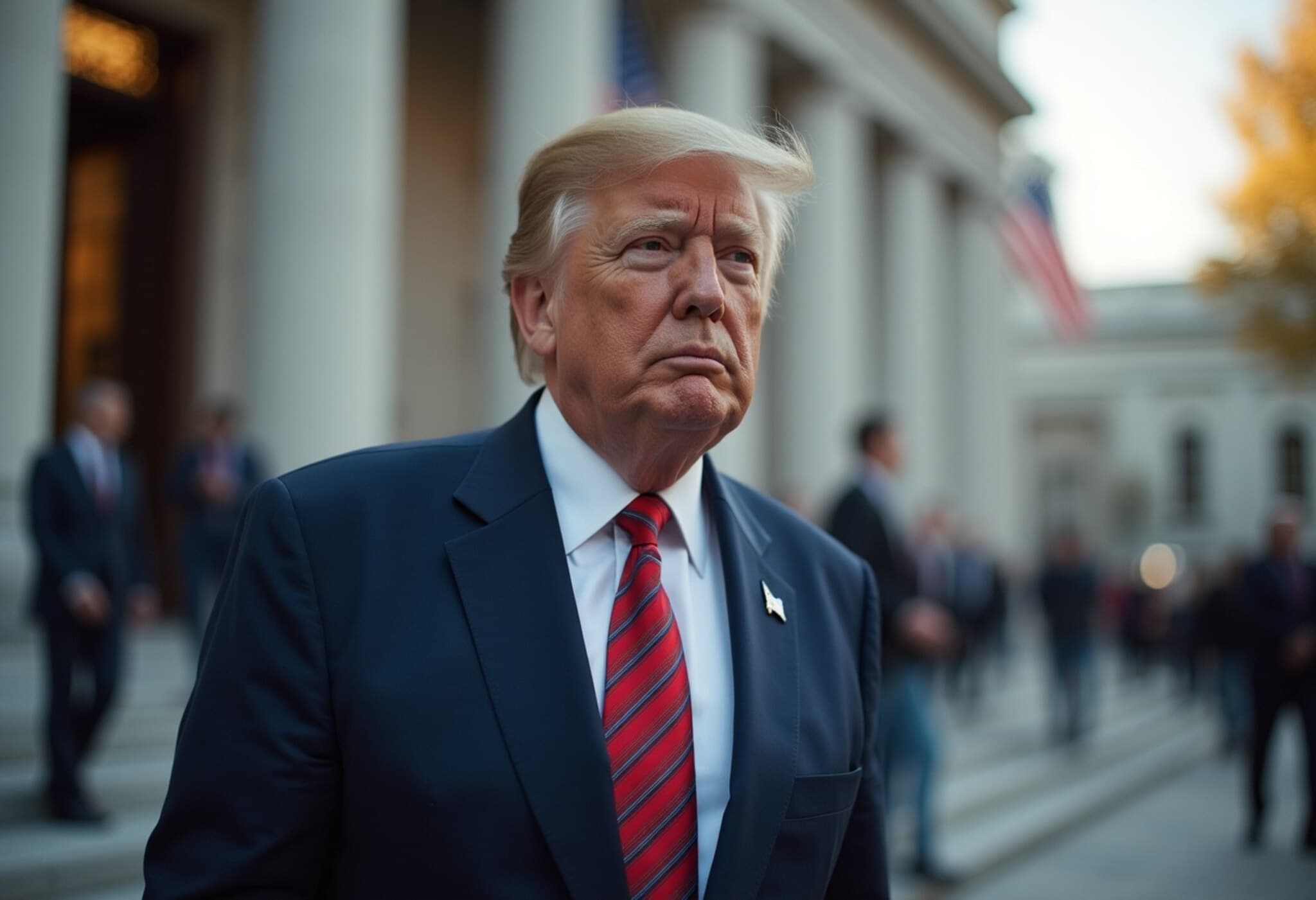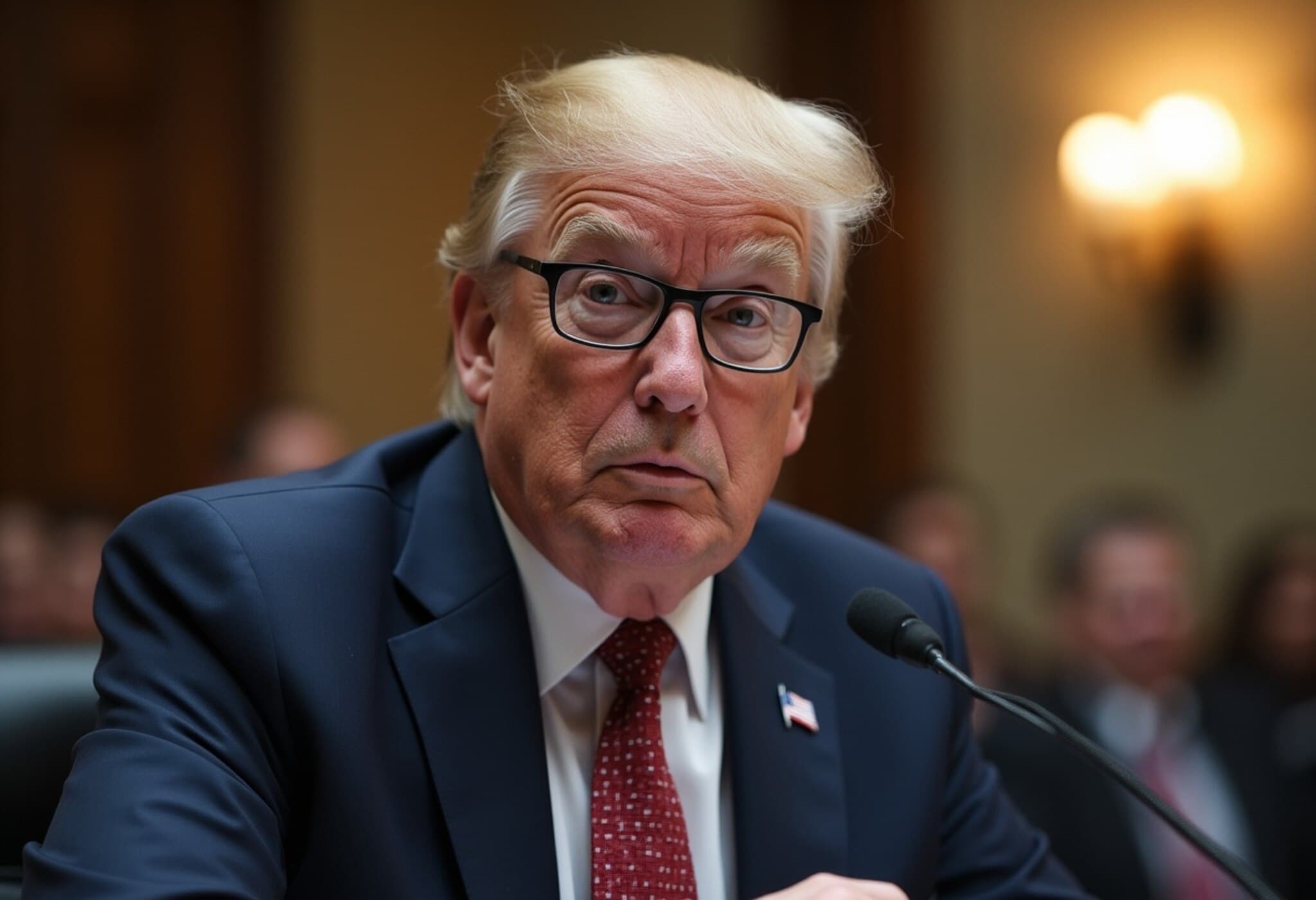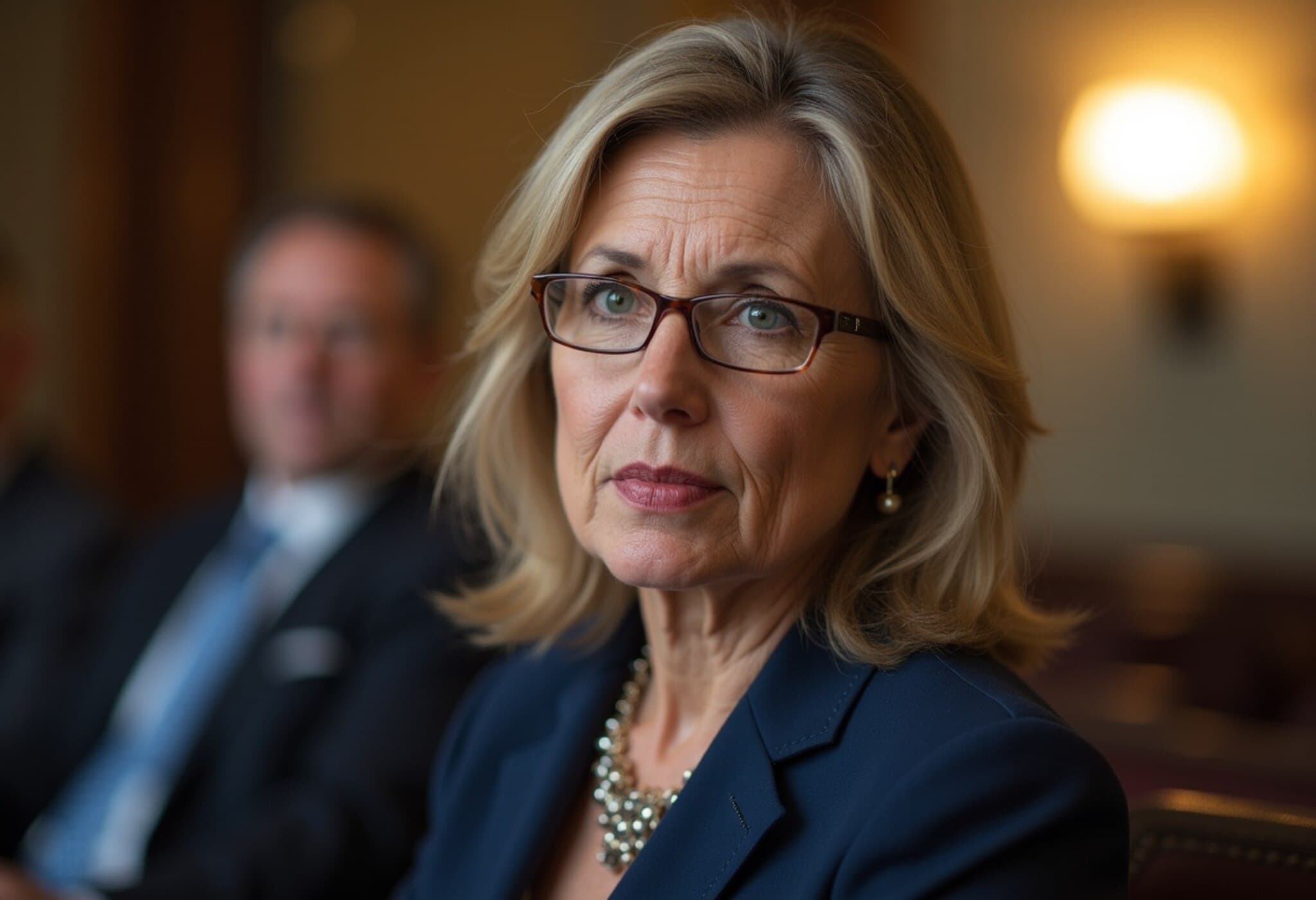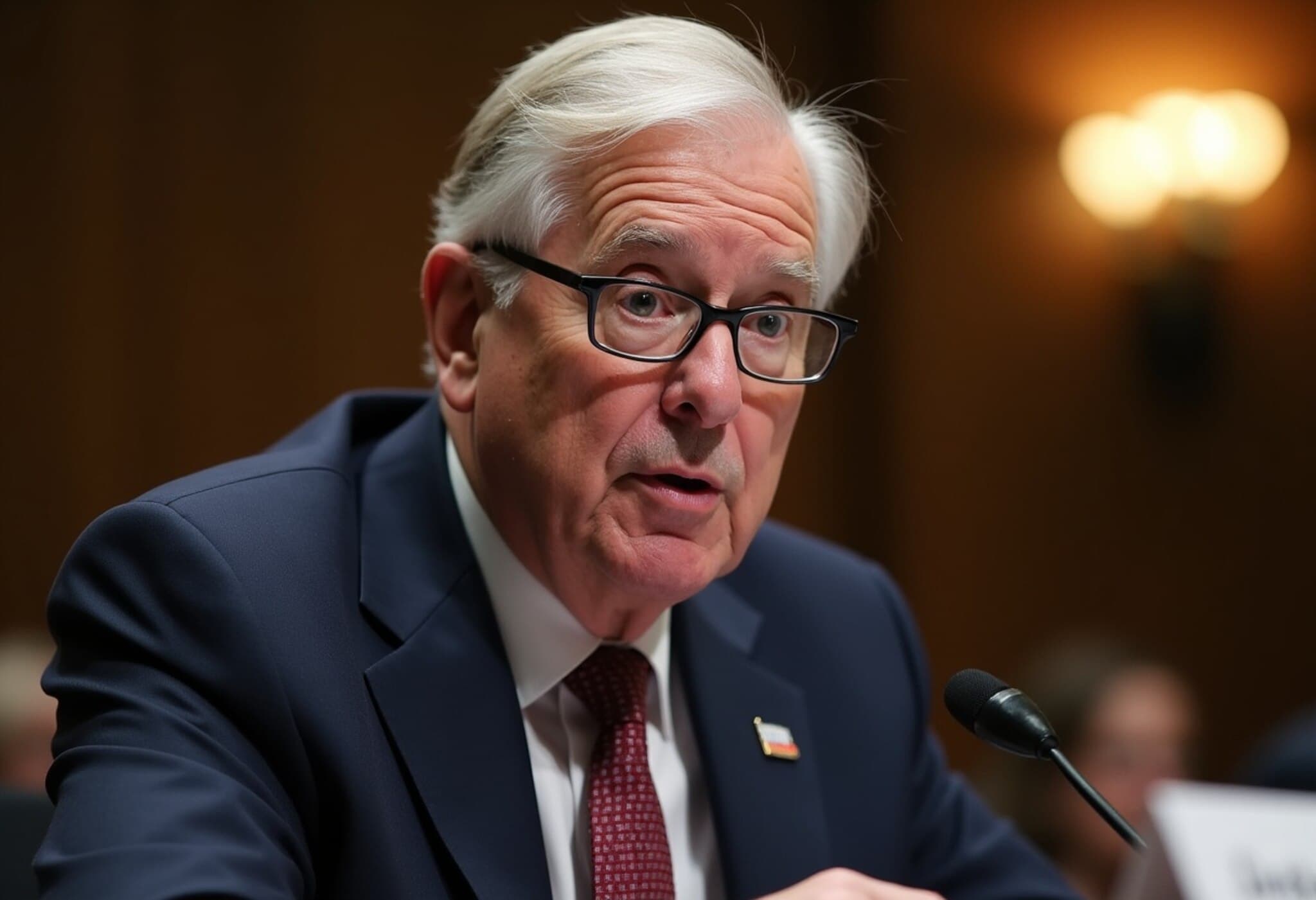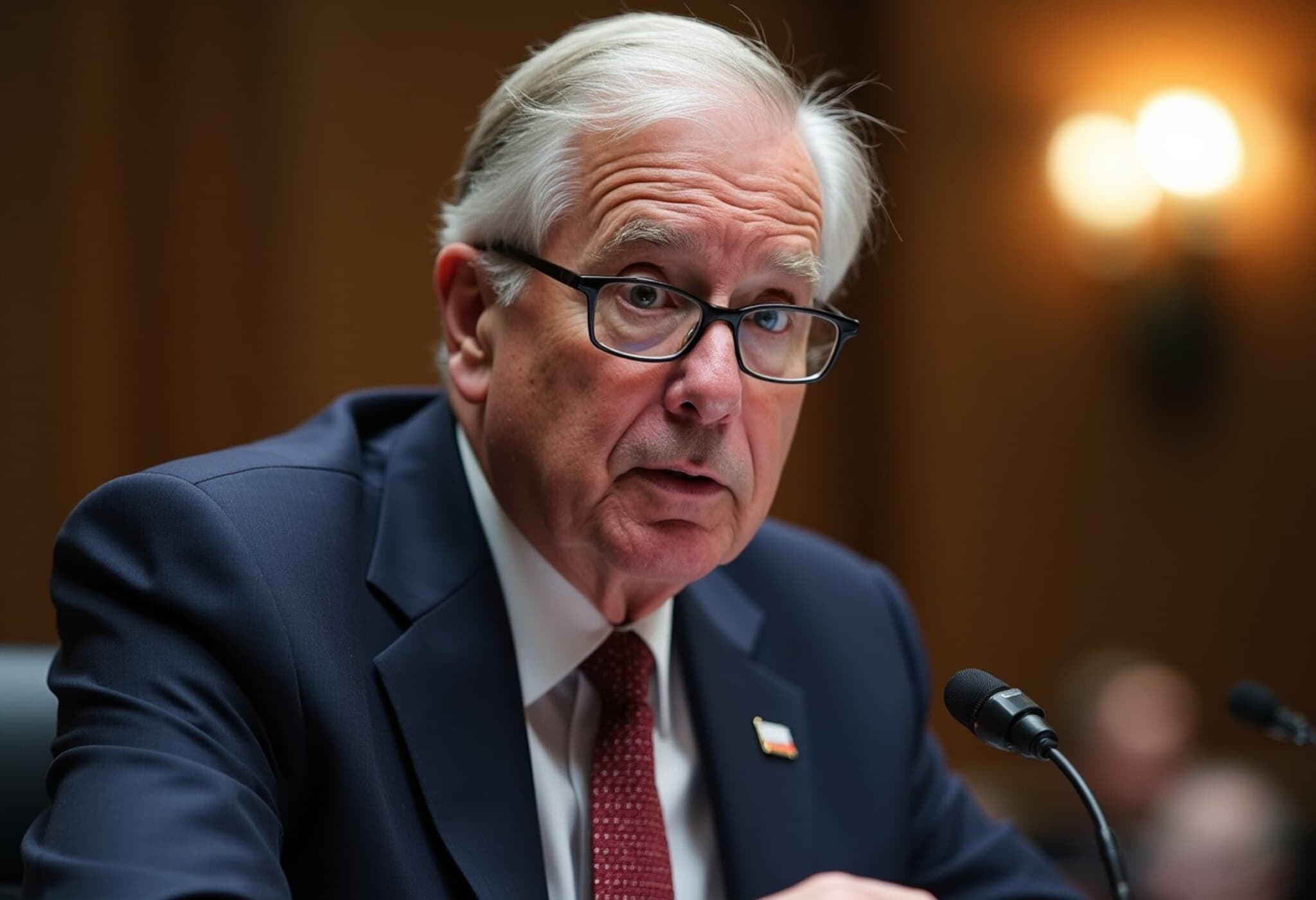Vance Echoes Trump: Federal Reserve Accused of 'Monetary Malpractice'
Vice President JD Vance joined forces with former President Donald Trump in sharply criticizing the Federal Reserve’s decision to hold interest rates steady, labeling the restraint as "monetary malpractice." This call for rate cuts comes on the heels of the latest inflation data showing only minimal increases, suggesting room for easing monetary policy.
Inflation Data Fuels the Rate Cut Debate
Earlier this week, the Bureau of Labor Statistics reported that the consumer price index (CPI) in May rose just 0.1% for both the headline figure and the core index, which excludes volatile food and energy prices. Annually, inflation stood at 2.4% overall and 2.8% for the core, both modestly above the Federal Reserve’s 2% target.
Despite these subdued figures, the Fed under Chair Jerome Powell has remained cautious, expressing concerns about the persistent impact of tariffs on inflation. The central bank’s last rate reduction took place in December, and officials have so far refrained from further easing, citing uncertainty over price pressures.
Political Pressure Mounts Ahead of Fed Decision
President Trump, though yet to publicly comment on the latest CPI data, has made it clear he favors a significant rate cut—specifically a full percentage point reduction from the current target range of 4.25% to 4.5%. Vice President Vance amplified this stance via a social media post, criticizing the Fed’s refusal to act as "monetary malpractice."
The Federal Open Market Committee (FOMC) is set to announce its next rate decision in one week. Market consensus, based on CME Group data, places zero probability on a near-term cut this meeting, with traders anticipating easing only by September.
Balancing Act: Moderating Inflation Versus Economic Uncertainty
Administration officials have highlighted the easing inflation alongside a cooling labor market as compelling reasons to advocate for lower rates. However, Fed policymakers seem reluctant to move prematurely amidst ongoing economic uncertainties.
Elyse Ausenbaugh, head of investment strategy at J.P. Morgan Asset Management, summarized the dilemma: "This combination suggests it may be time for another rate cut, but the Fed is understandably cautious about acting too early. It's a difficult balancing act."
Stay tuned for further updates as the Federal Reserve’s policy decisions unfold in the coming week.

